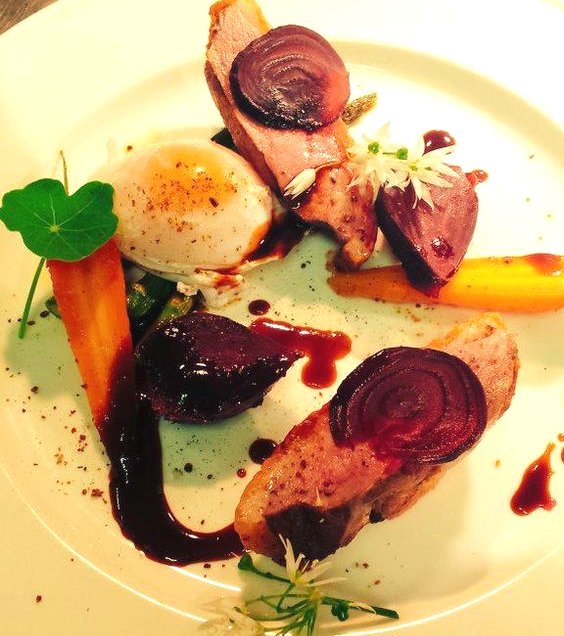Baking and Pastry
- Bake Bread Basics
- Pastries And Pies
- 4.1Basics of pastry making
- 4.2Types of pastry: Shortcrust, Puff & Filo
- 4.3Making Quiche and Tarts
- 4.4Making Sweet Pies (Apple pie)
- 4.5Making Savory pies (Chicken pot pie)
- 4.6Making Choux pastry & Cream puffs
- 4.7Making Éclairs and Profiteroles
- 4.8Specialty Pastry: Mille Feuille
- 4.9Flaky Pie Crusts: Tips and Techniques
- 4.10Creative Pie Decoration Techniques
- Cakes & Cupcakes
- Cookies & Small Bites
- 10.1Cookie Baking Basics
- 10.2Classic Almond Biscotti
- 10.3Making Chocolate Chip Cookies
- 10.4Nutty Walnut Cookies
- 10.5Making Sugar Cookies and Decorating with Royal Icing
- 10.6Making Macarons
- 10.7Making Petit Fours
- 10.8Specialty Cookies: French Madeleines
- 10.9Specialty Cookies: Italian Amaretti
- 10.10Packaging & Presentation of Cookies and Small Bites
Cookies & Small Bites
Plating Techniques for Small Bites

Art of modifying, processing, arranging, or decorating food to enhance its aesthetic appeal.
When it comes to baking and pastry, the taste is undoubtedly important. However, the presentation of your creations plays a significant role in the overall experience. This is especially true for small bites, where the visual appeal can make a big difference. In this article, we will explore some key plating techniques for small bites.
The Rule of Odds
In the world of art and design, the rule of odds suggests that an arrangement of odd numbers is more interesting and visually appealing. This principle applies to food presentation as well. When plating small bites, try to arrange them in odd numbers - three, five, or seven, for instance. This creates a more dynamic, less symmetrical look that is pleasing to the eye.
Using Height and Depth
Adding height and depth to your plate can make your small bites look more interesting and appetizing. You can achieve this by stacking your small bites or using elements like cream or sauce to add layers. However, remember to keep it practical and easy to eat. Overly tall food items can be difficult to eat and may topple over, ruining the presentation.
The Importance of White Space
In food presentation, white space refers to the empty areas on your plate. Just like in art and design, white space in food presentation helps to highlight the main elements and makes the plate look less cluttered. Try to leave some areas of your plate empty to create a balanced, appealing look.
Color and Contrast
Color plays a crucial role in food presentation. Bright, vibrant colors can make your small bites look more appetizing. Try to include a variety of colors on your plate, but make sure they complement each other. You can use ingredients like fresh herbs, edible flowers, or colorful sauces to add pops of color to your plate.
Balance and Symmetry
While the rule of odds suggests avoiding perfect symmetry, it's important to maintain a sense of balance on your plate. This doesn't necessarily mean having an equal number of elements on each side of the plate. Instead, try to balance colors, textures, and flavors. For instance, if you have a rich, creamy bite on one side, balance it with something light and fresh on the other.
In conclusion, plating is an art form that requires practice and creativity. Don't be afraid to experiment with different techniques and styles to find what works best for you. Remember, the goal is to create a plate that is as pleasing to the eye as it is to the palate. Happy plating!